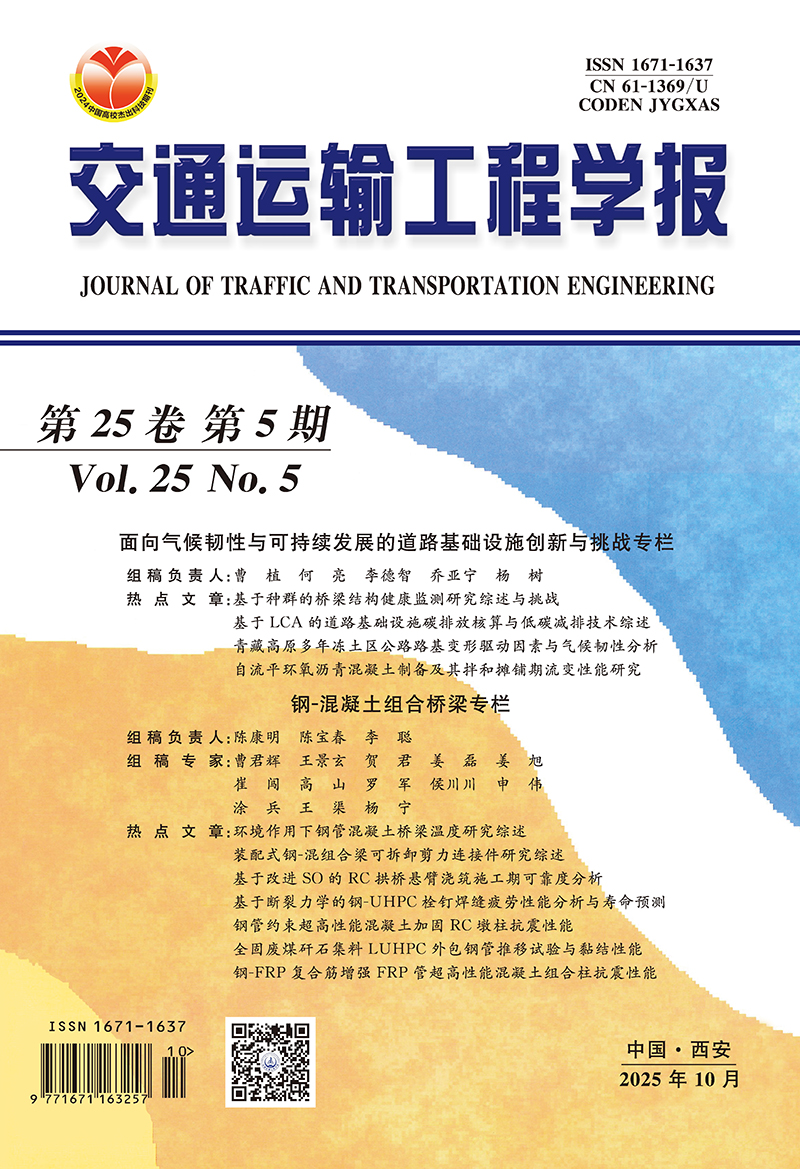2014 Vol. 14, No. 3
Display Method:
Abstract:
2014, 14(3): 1-7.
Abstract:
2014, 14(3): 8-14.
Abstract:
2014, 14(3): 15-23.
Abstract:
2014, 14(3): 24-33.
Abstract:
2014, 14(3): 34-42.
Abstract:
2014, 14(3): 43-51.
Abstract:
2014, 14(3): 52-57.
Abstract:
2014, 14(3): 58-64.
Abstract:
2014, 14(3): 65-72.
Abstract:
2014, 14(3): 73-78.
Abstract:
2014, 14(3): 79-86.
Abstract:
2014, 14(3): 87-94.
Abstract:
2014, 14(3): 95-104.
Abstract:
2014, 14(3): 105-110.
Abstract:
2014, 14(3): 111-119.
Abstract:
2014, 14(3): 120-126.





